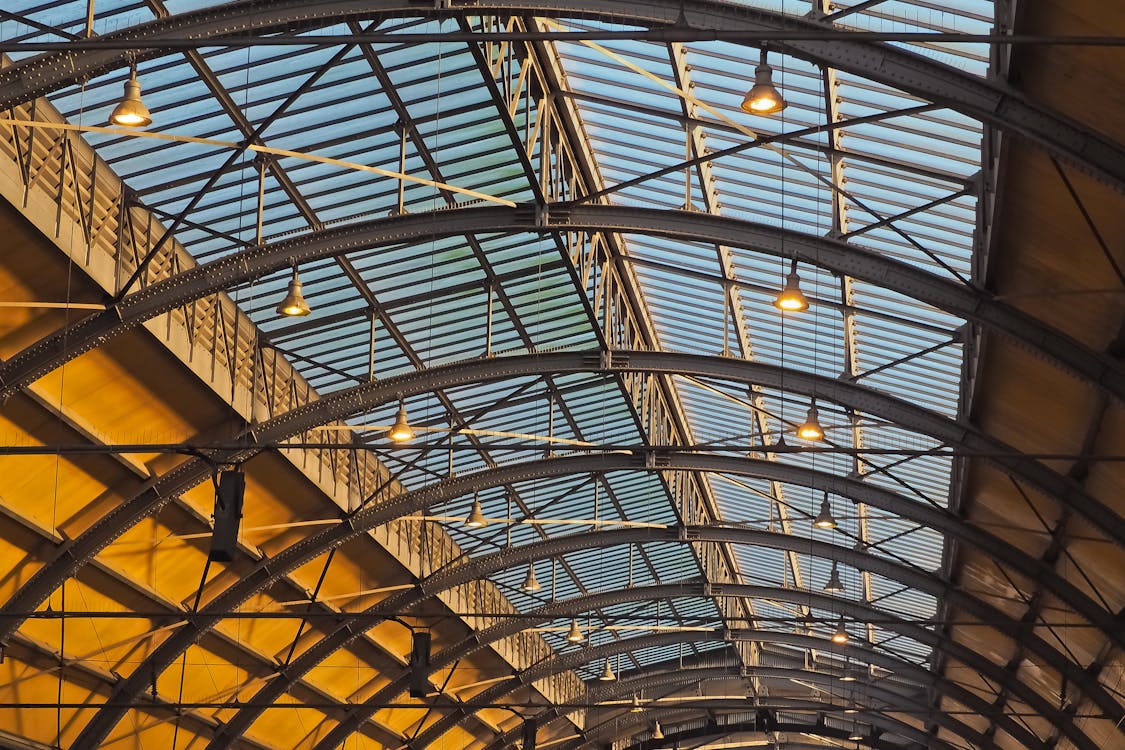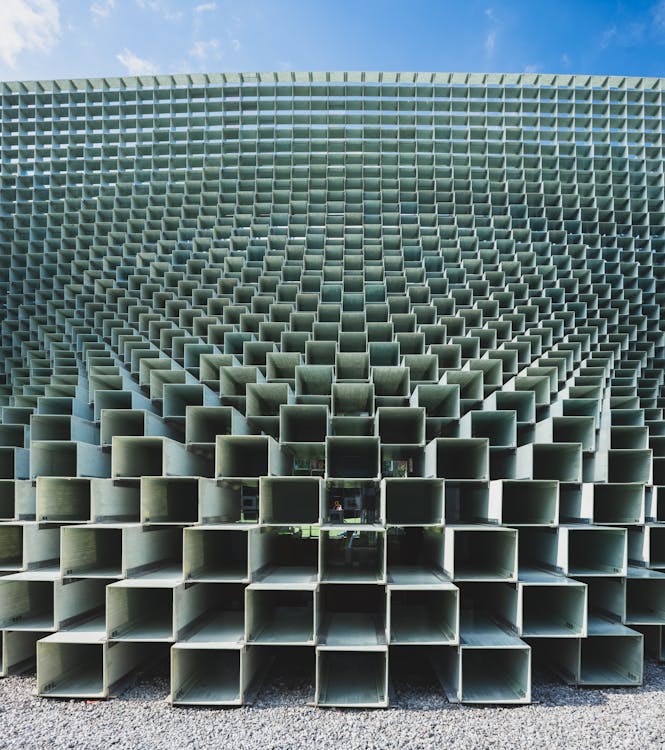
Choosing the Right Steel Angle for Your Project
The choice of materials can significantly impact the outcome of construction, engineering, and manufacturing projects. Steel angles are vital in providing structural support and stability among these materials. Whether working on a large-scale industrial project or a smaller DIY endeavour, choosing the right steel angle is crucial to ensuring your structure’s integrity and long-term durability.
Steel angles come in various shapes, sizes, and materials, each suited to different applications and environments. With so many options available, it can be challenging to determine which one is right for your project. In this guide, we’ll walk you through the different types of steel angles, their respective applications, and the factors you need to consider to make an informed decision. Whether you need strength, flexibility, or corrosion resistance, this guide will help you choose the correct steel-angle iron.
Types of Steel Angles
Steel angles are commonly used in construction for their strength and versatility. However, not all steel angles are created equal. Depending on the requirements of your project, you may need to choose between different types of angles.
Equal Steel Angles
Equal steel angles have legs of the same length, making them ideal for applications that require even weight distribution. These angles are often used in  structural frameworks, bridges, and construction projects where balance is critical. Their symmetrical design ensures stability and support across the structure. The steel angle size can vary depending on the specific load requirements.
structural frameworks, bridges, and construction projects where balance is critical. Their symmetrical design ensures stability and support across the structure. The steel angle size can vary depending on the specific load requirements.
Unequal Steel Angles
Unlike equal-angle steel, unequal angles have legs of different lengths, offering more design and load distribution flexibility. This makes them perfect for projects that require a more customised approach and where uneven load distribution is necessary. Unequal angles are often used in areas with space constraints or where specific design requirements must be met. Their flexibility makes them suitable for various applications, including beams and brackets.
Galvanised Steel Angles
Galvanised steel angles are coated with zinc to protect them from corrosion. This makes them an excellent choice for outdoor projects or moisture-related environments, such as marine and coastal constructions. The zinc coating is a protective barrier, ensuring the steel remains rust-free even in harsh conditions. Although galvanised steel angles are typically more expensive than other types, their long-term durability makes them cost-effective for projects that demand longevity. This type of right-angle steel is ideal for long-term durability for outdoor applications.
Mild Steel Angles
Mild steel angles are strong, versatile, and cost-effective, making them popular for general construction projects. These are often used as angle liner metals in various applications requiring a sturdy framework, especially in indoor environments where corrosion is not a significant concern. Mild steel can also be easily welded and drilled, adding to its fabrication process flexibility.
How to Choose the Right Steel Angle
Selecting the right steel angle iron depends on a variety of factors. Here’s a breakdown of what to consider:
Material Selection
The environment in which your project is located will largely dictate the type of steel angle you should choose. Galvanised steel is the best choice for outdoor projects due to its corrosion-resistant properties. Mild steel may be more cost-effective if your project is indoors or in an environment with low moisture exposure. Both materials offer strength and durability, but their applications differ based on environmental factors.
Load-Bearing Capacity
Determining the load-bearing capacity of a steel angle is crucial for ensuring the safety and stability of your project. An equal-angle steel is ideal for projects that require even weight distribution, such as building frameworks and support beams. On the other hand, unequal angles are better suited for applications where the load is unevenly distributed. To calculate the load-bearing capacity, you’ll need to consider the size and thickness of the angle and the specific material used. Consulting a structural engineer or referring to load charts can help you determine the best angle for your needs.
Corrosion Resistance
If your project is in an outdoor or high-moisture environment, corrosion resistance should be a top priority. Galvanised steel angles are treated with a protective zinc coating that prevents rust and corrosion, making them ideal for outdoor fencing, roofing, and marine structures. While galvanised steel may
Welding and Drilling Capabilities
Depending on your project’s fabrication needs, you may need to weld or drill into the steel angles. Mild steel is particularly well-suited for these tasks, as it is easy to weld and can be drilled without compromising the material’s integrity. Galvanised steel, while weldable, requires special care during welding to avoid damaging the zinc coating, which protects against corrosion. Mild steel may offer greater flexibility if you need to weld or drill.
Budget Considerations
Cost is always a factor in any project, and steel angles are no exception. Mild steel angles are more affordable than galvanised steel, making them attractive for projects with tight budgets. However, it’s essential to balance initial costs with long-term durability. Galvanised steel may have a higher upfront cost, but its corrosion resistance can reduce maintenance expenses. Understanding your project’s long-term needs can help you make a more informed decision.
Common Questions Answered
Here are answers to some frequently asked questions about steel angles to further guide your decision-making process:
What is the difference between equal and unequal steel angles?
Equal steel angles have legs of identical length, offering balanced support. Unequal steel angles have legs of different lengths, making them more adaptable to specific design and load-bearing needs.
How do I determine the load-bearing capacity of a steel angle?
The load-bearing capacity depends on the steel angle’s size, thickness, and material. For precise calculations, it is recommended to consult load charts or work with a structural engineer.
Which steel angle is best for outdoor use?
Galvanised steel angles are the best choice for outdoor projects due to their corrosion-resistant properties.
Are galvanised steel angles more expensive than mild steel?
Yes, galvanised steel angles generally cost more than mild steel due to the zinc coating, which provides additional protection against rust and corrosion.
Can steel angles be welded or drilled?
Yes, mild steel and galvanised steel angles can be welded and drilled. However, mild steel is easier to work with, and extra precautions are necessary when welding galvanised steel to preserve the protective zinc coating.
Conclusion
Selecting the proper steel angle for your project involves balancing material properties, load requirements, and environmental factors. Whether you need the corrosion resistance of galvanised steel or the flexibility of mild steel, understanding your project’s specific needs will guide you toward the right choice. If you’re unsure or need further assistance, contact Cedar Steel or explore our other services for more information on the right solution for your project.


